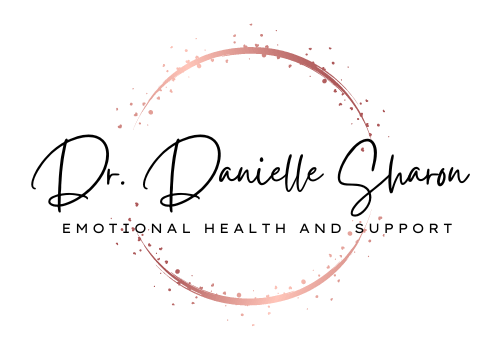To Burp or Not to Burp?
Do you need to burp your babies with each feed? The current culture has most parents believing they do. Let discuss the backdrop of this idea and when you may need to help your baby get out an air bubble.
The whole idea of babies having to be burped with each feed was brought about with the concept of bottles. Bottles have air in them, which the baby often swallows, causing air bubbles and often discomfort. However, unlike a bottle, there is no air in a breast. If a calm and contented baby is put to the breast, he/she often swallows very little air, which in turn causes no discomfort. These babies will appear very calm after a feed and often drift off to sleep at the end of a feed. These babes will remain asleep and are not squirming or showing any distress. On the contrary, a baby who has swallowed enough air will appear squirmy and make noises of discomfort. This will often sound like an ‘eh, eh, eh’ or as if on the verge of crying. This alerts the caregiver that the baby may have an air bubble and need a burp.
If your baby is put to the breast after having cried, then he or she may have swallowed some air. Your baby will communicate this to you verbally and nonverbally by showing unsettledness. If a baby has swallowed air and needs to get out a bubble, then he/she may come off the breast in the middle of the feed and appear discontented and will not relatch. New parents may read these signs as something going wrong with breastfeeding. Our bottle culture has many moms convinced they could not possibly have enough milk to feed a baby without supplementation. A new mom could be convinced that she suddenly doesn’t have enough milk, even though she did yesterday. This could lead to unnecessary supplementation, which then does impact milk supply. A discontented baby at the breast could have many root causes. However, if your otherwise thriving, growing baby, who is typically feeding well, is suddenly discontented, then a first thought could be to assist in getting out an air bubble.
How to burp a baby? If your baby displays the signs listed above, squirmy and unsettled during or after a feed, simply and gently put him/her on your shoulder and rub your baby’s back in an upward motion. It is not necessary to hit or harshly pat your baby’s back. Gentle upward rubbing is usually enough for a baby to release the bubble.
If your baby feeds well at the breast and is asleep or contented afterward, then simply unlatch your baby and allow him/her to sleep. AND, you rest too if possible! You probably need it.
If we ascribe to the idea that we always need to burp our babies, then we are constantly disrupting their calm, peaceful state and arousing them unnecessarily. This can result in an ongoing cycle of interrupting our babies from falling and staying asleep. It is similar to the idea that we have to change a urine only diaper in the middle of the night, which only serves to arouse a sleepy baby. This then restarts the whole process of getting him/her back to sleep. It is sabotaging our ultimate goal and adding unneeded stress to our daily lives with a baby.
In the context of burping and so many other things ‘baby,’ our babies will communicate to us their needs through verbal and nonverbal cues. If we dial into our babies and learn our individual baby’s language, then we will be guided to meet his or her needs. The internet is wonderful for some things, and hurtful for others. It is difficult to know the difference. Let us continue to look to our maternal gut instinct and follow professional sources that align with our values and intuition.
Please reach out to me for more information and questions on anything breastfeeding and baby sleep.






